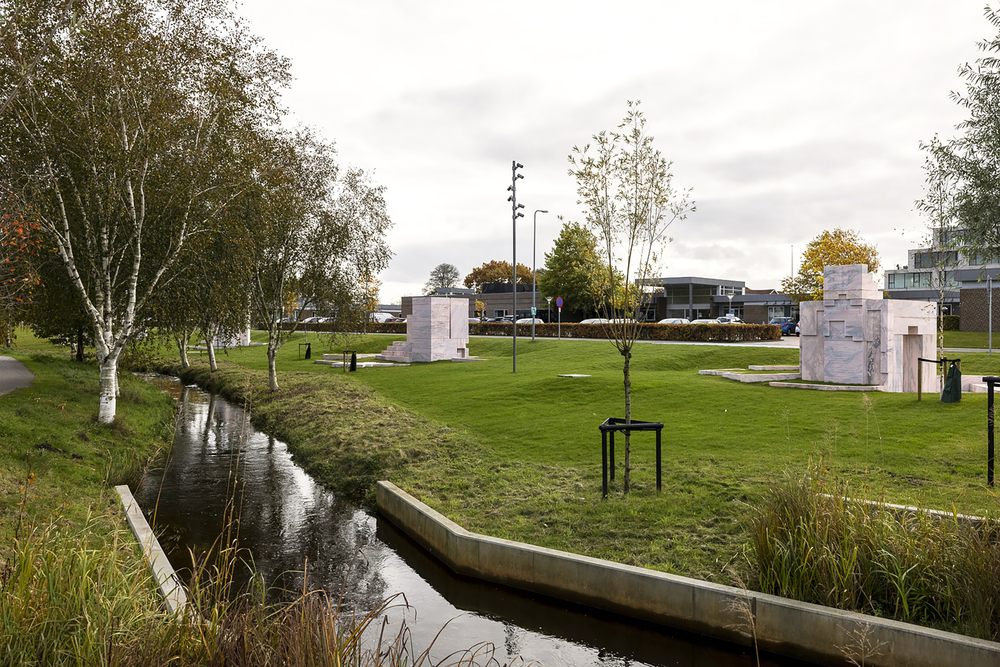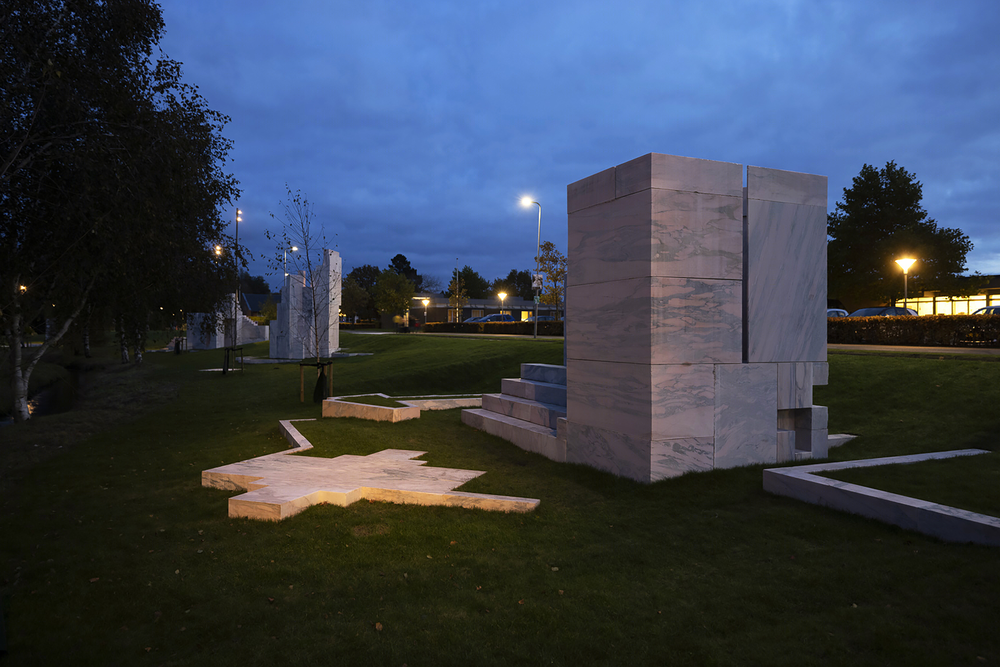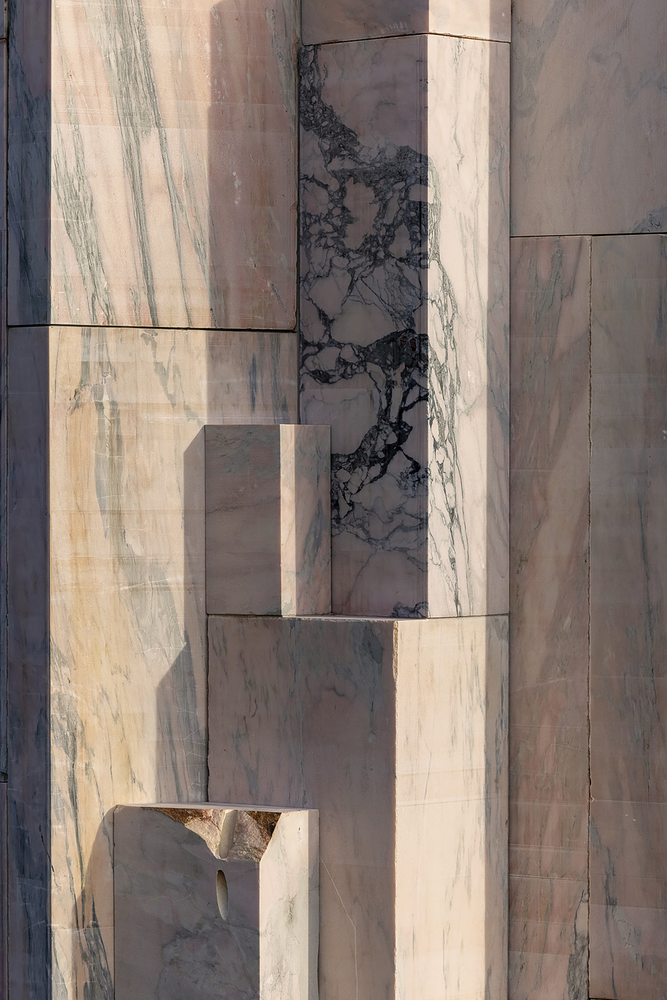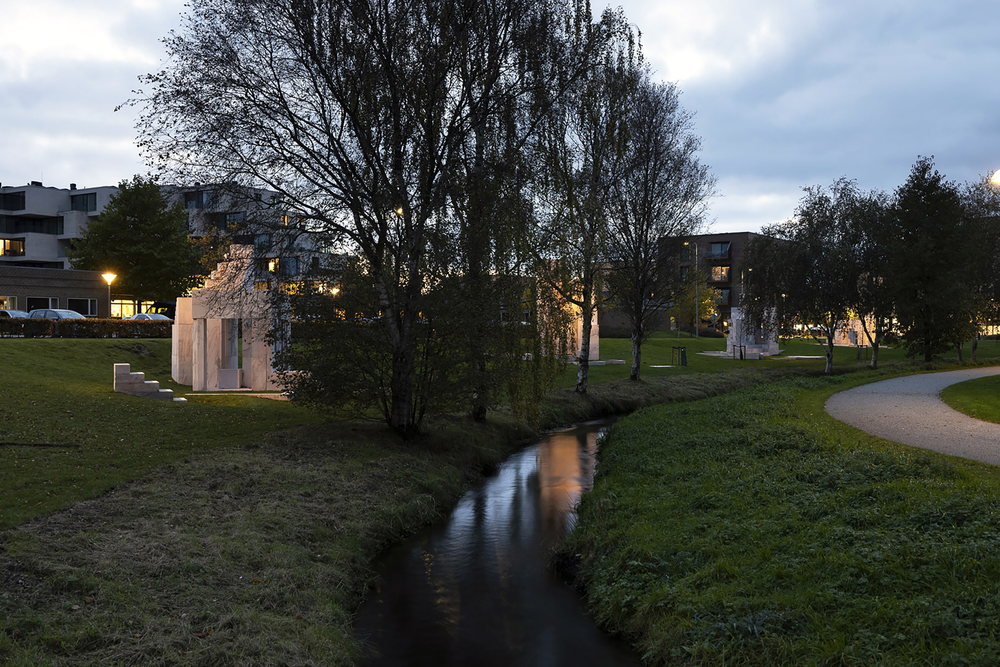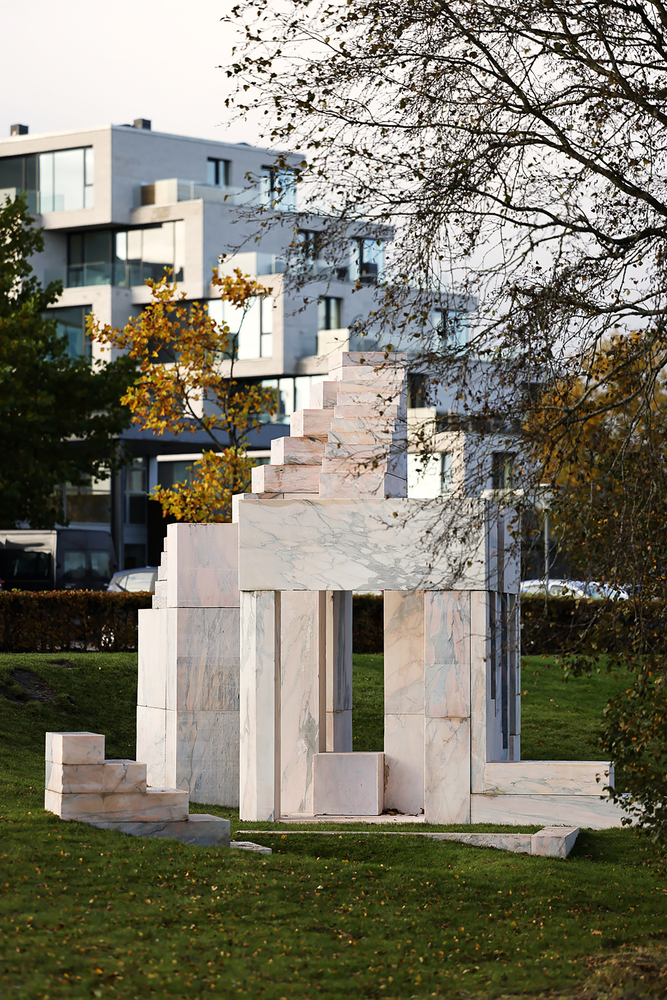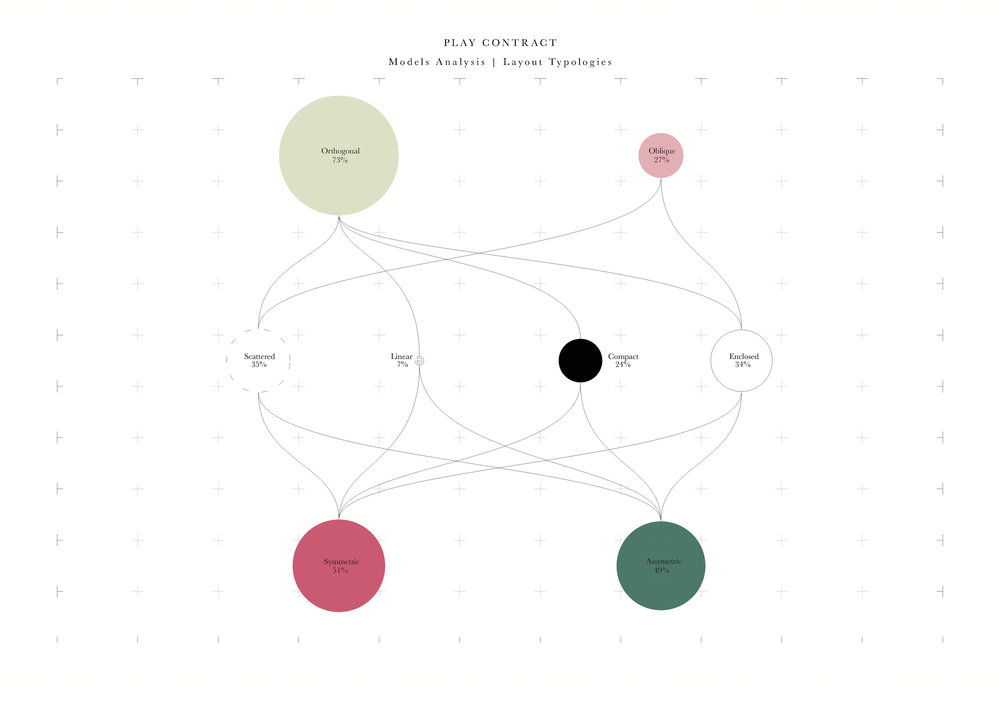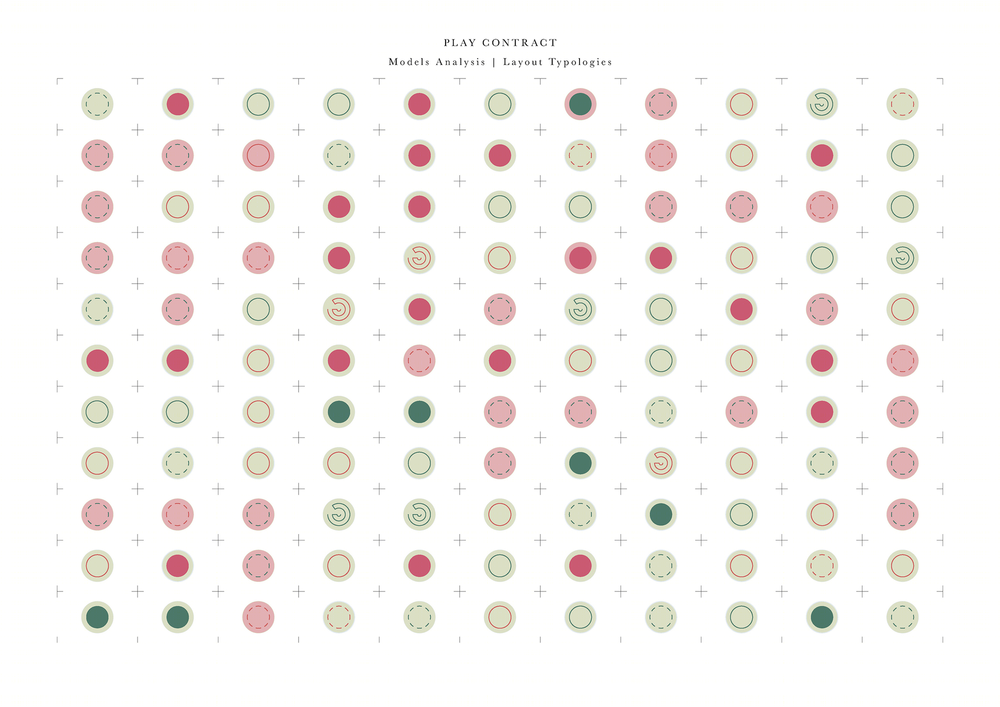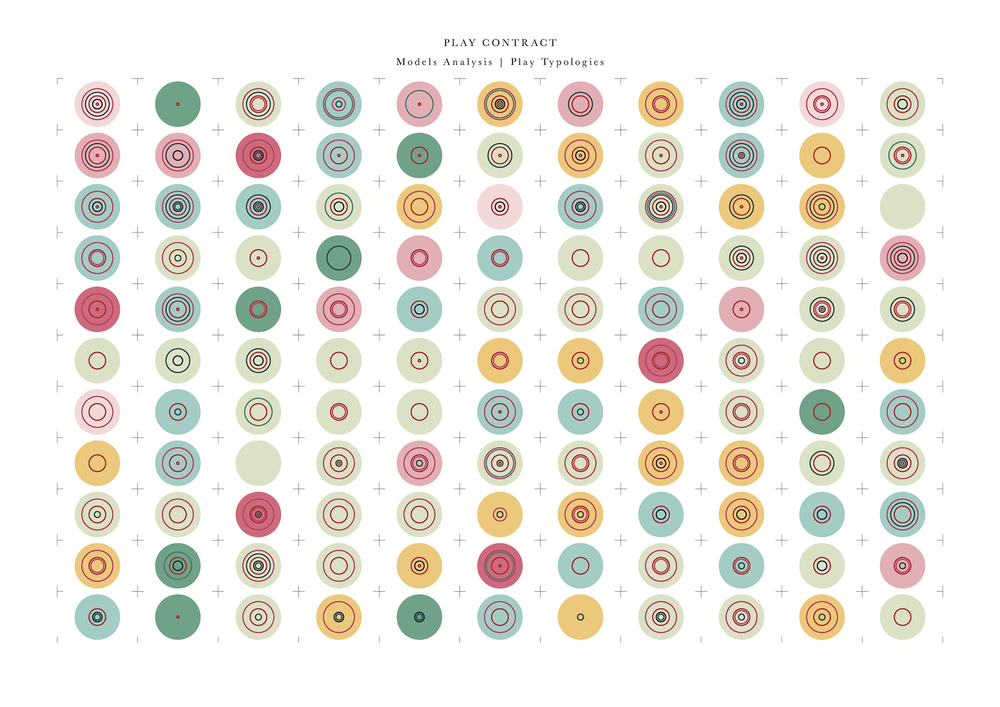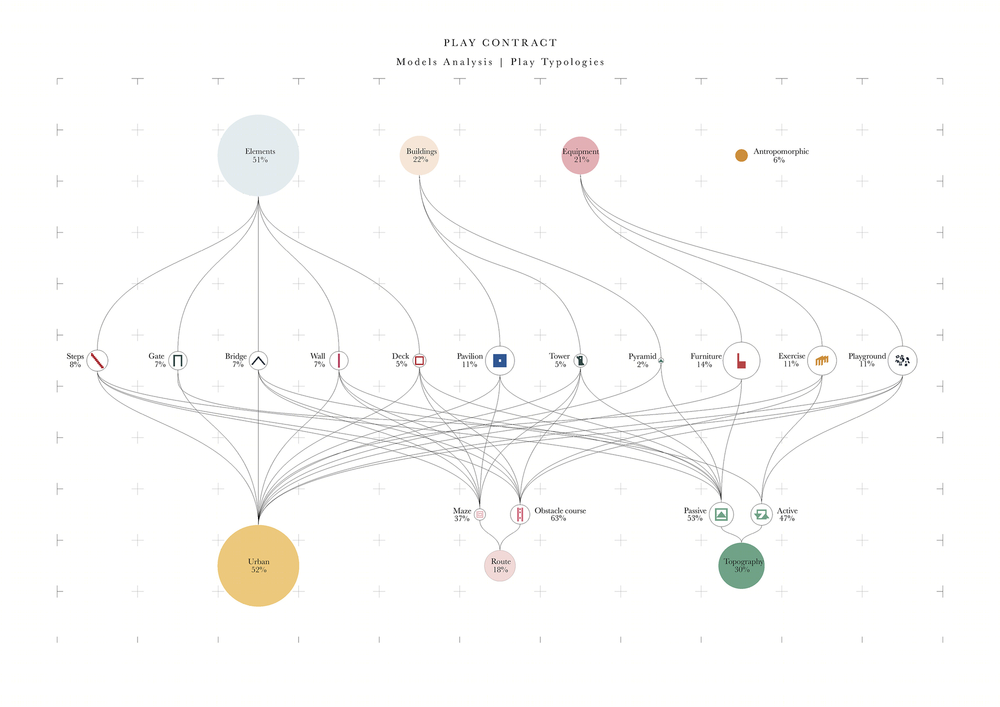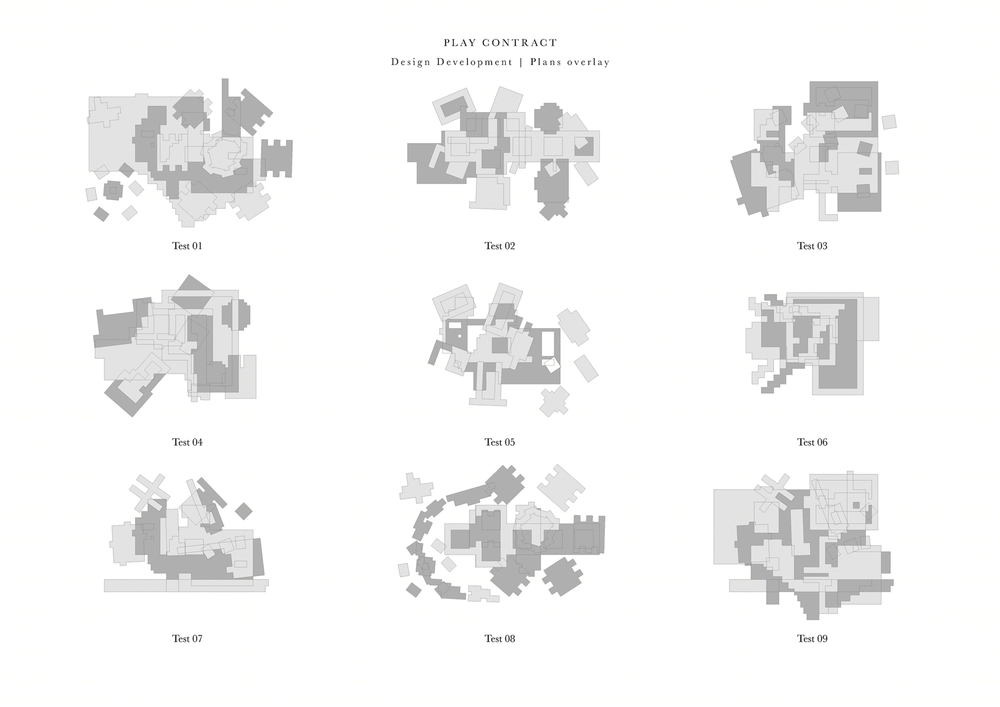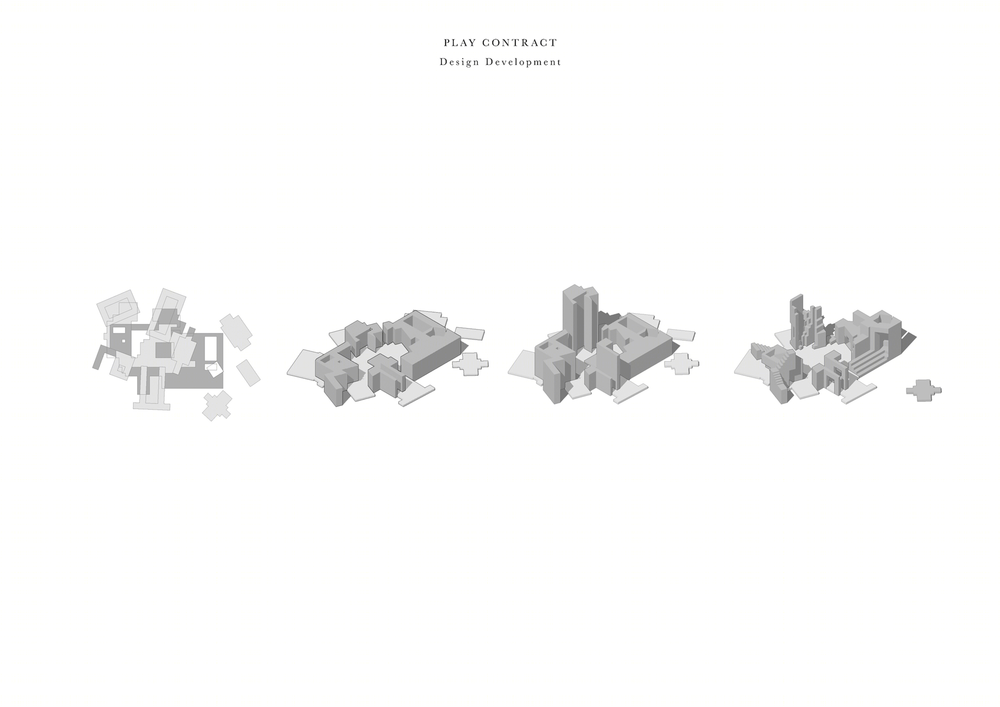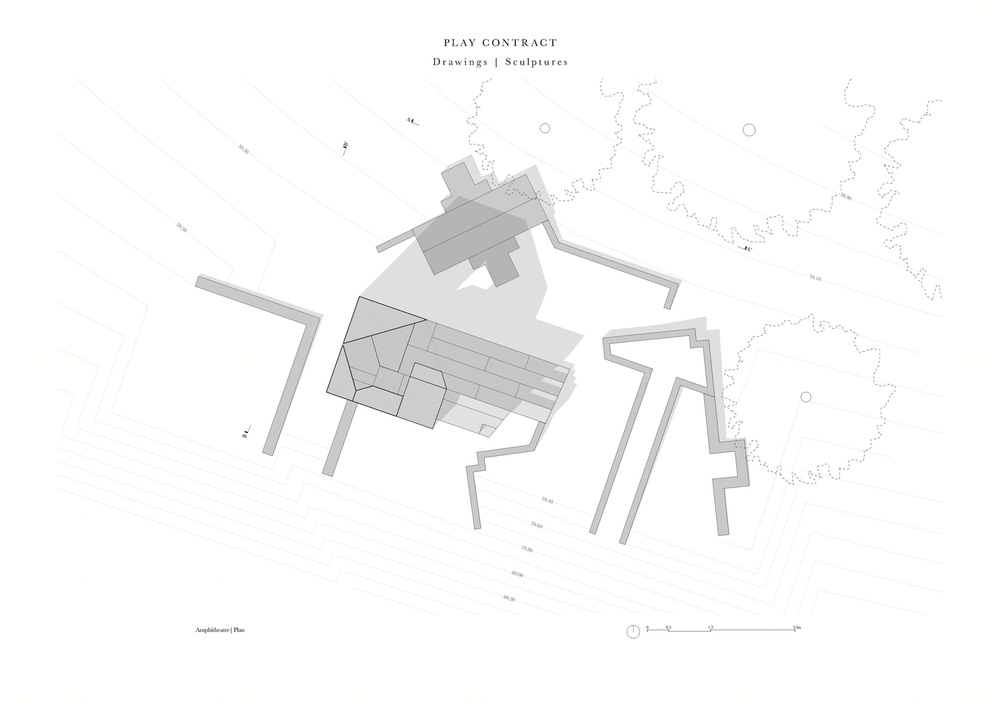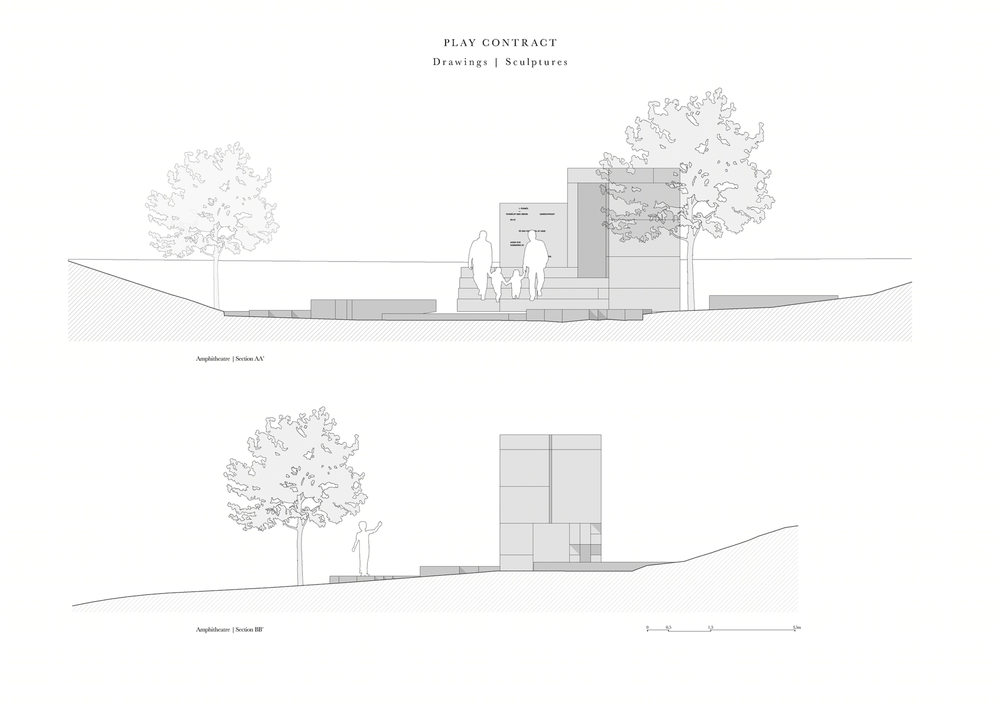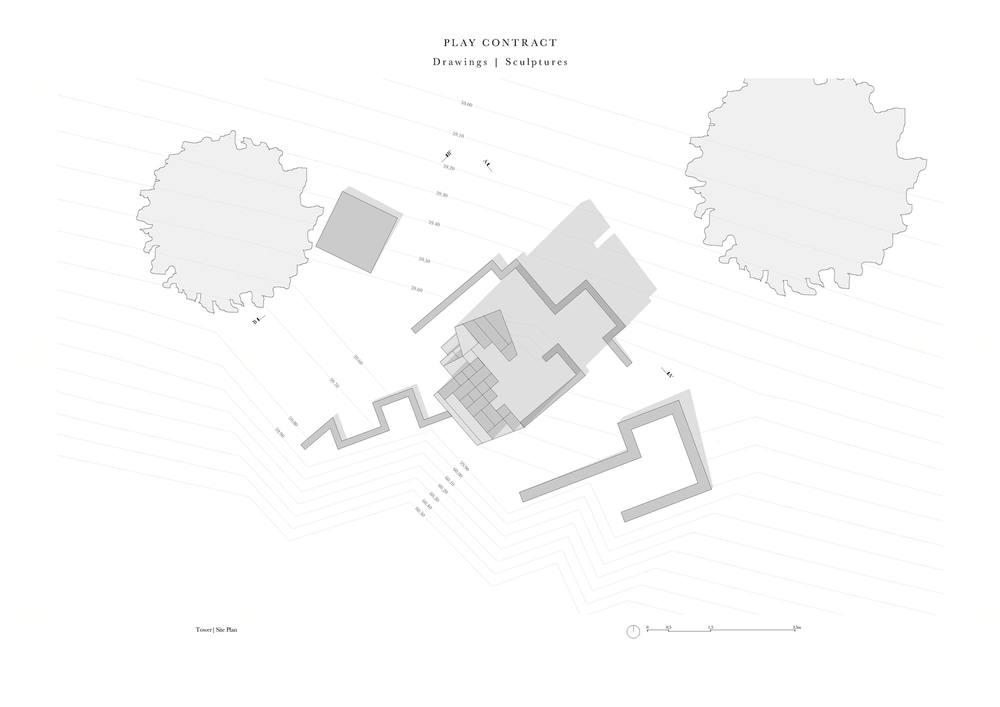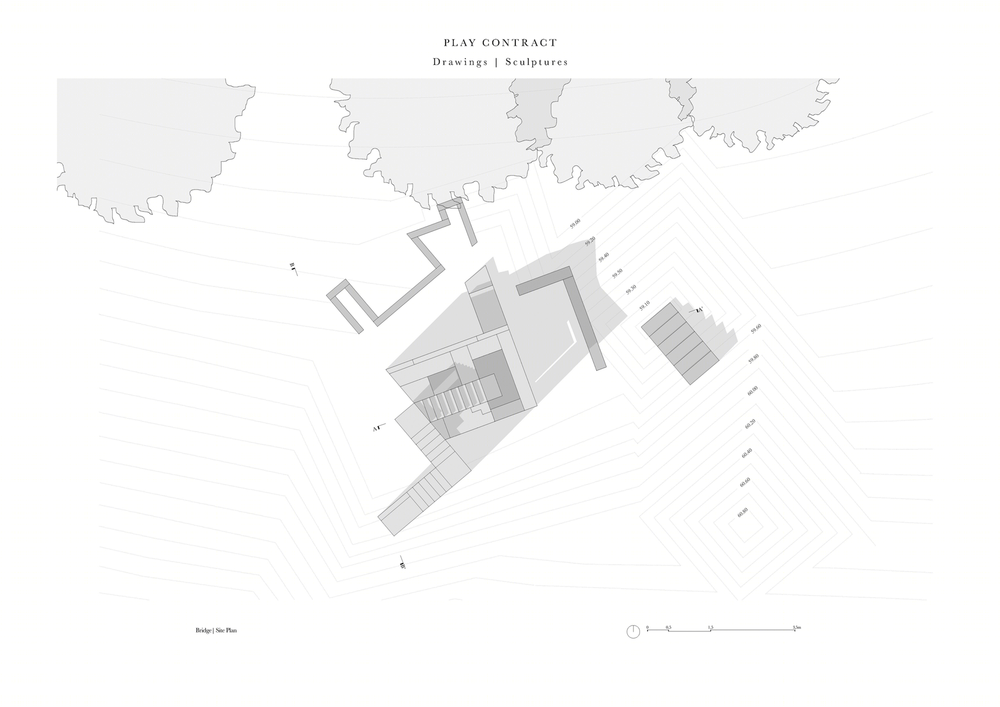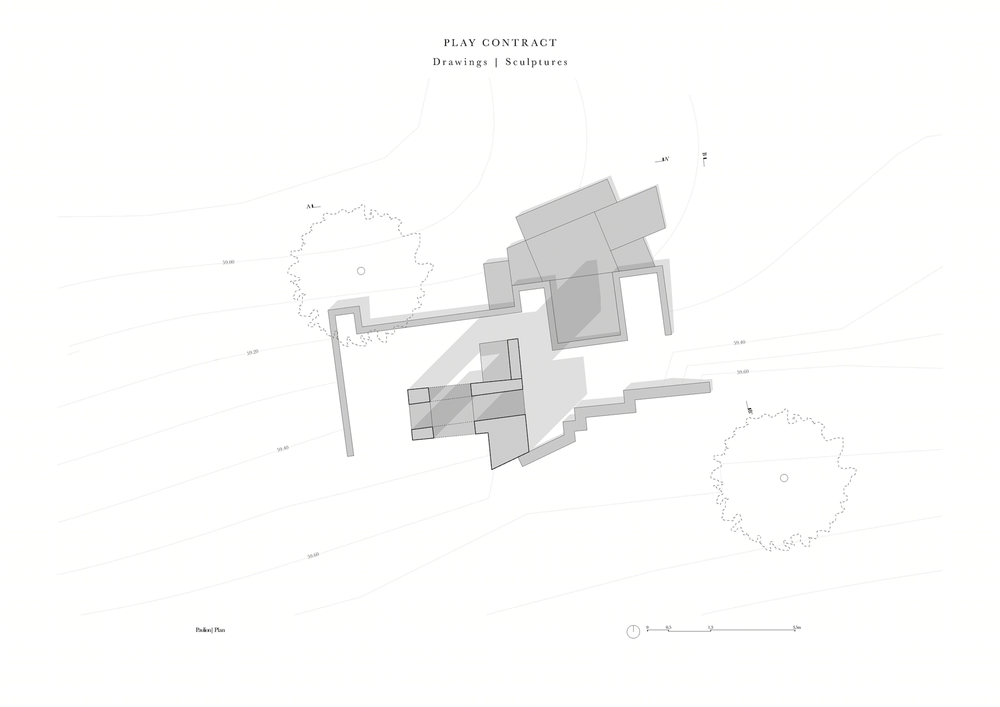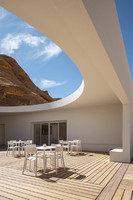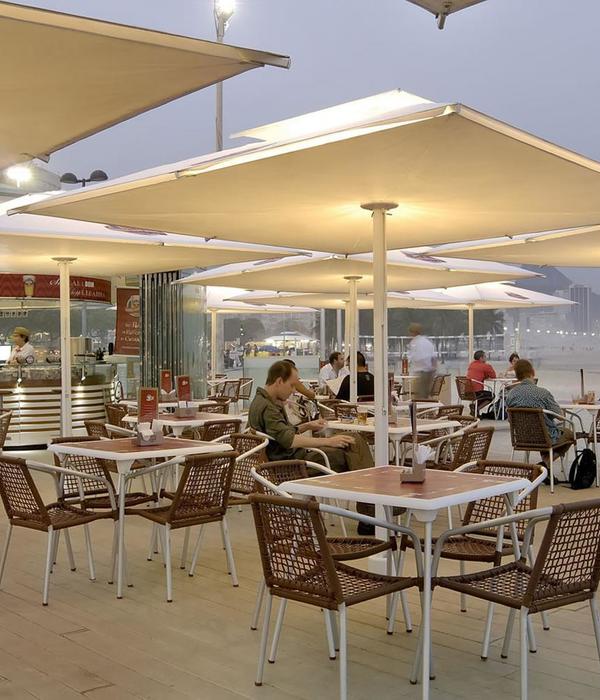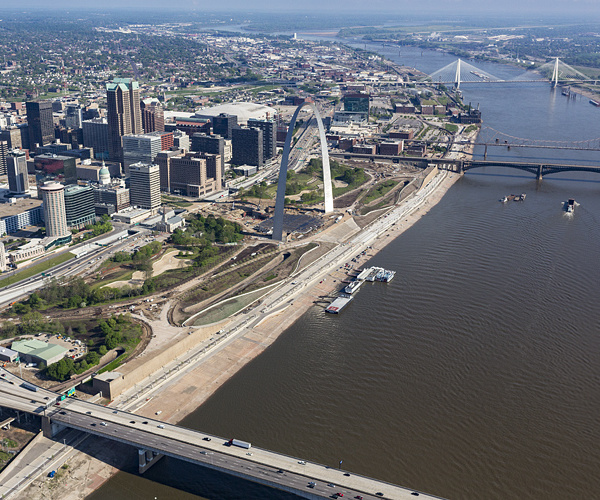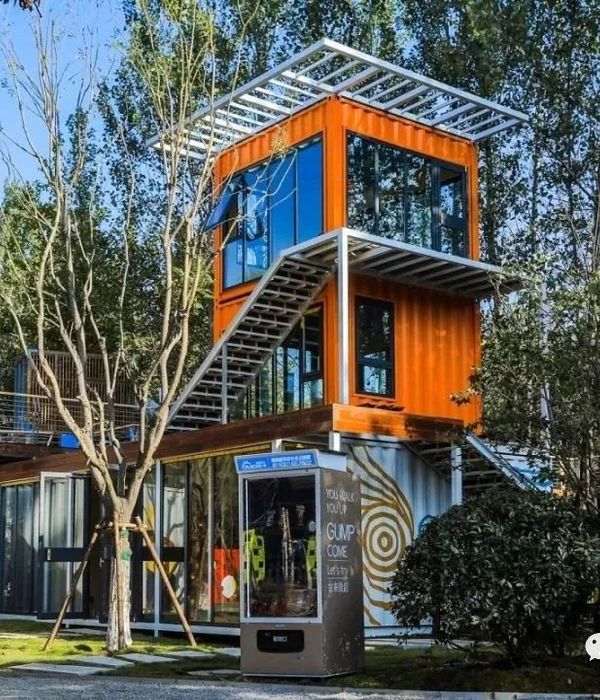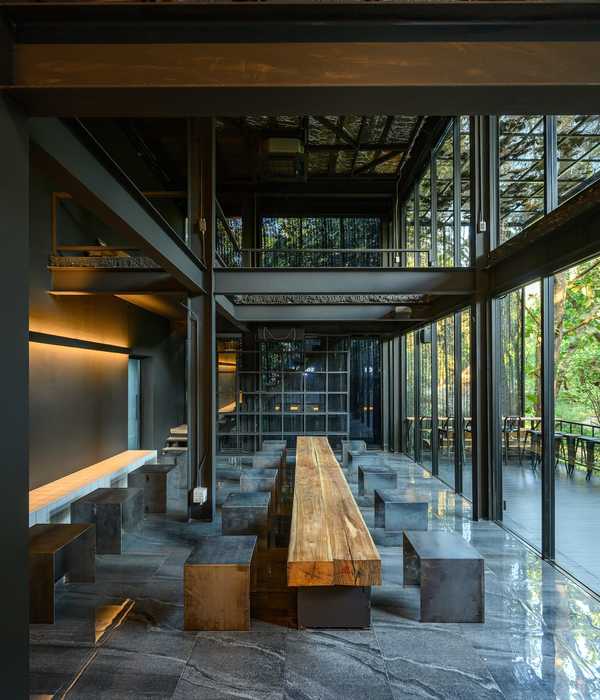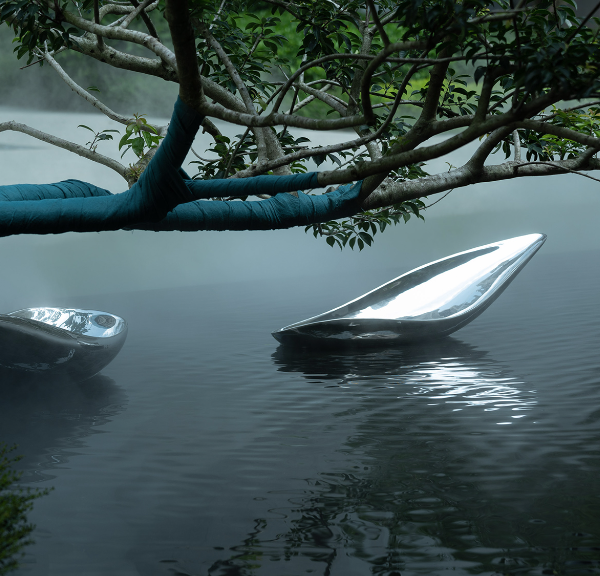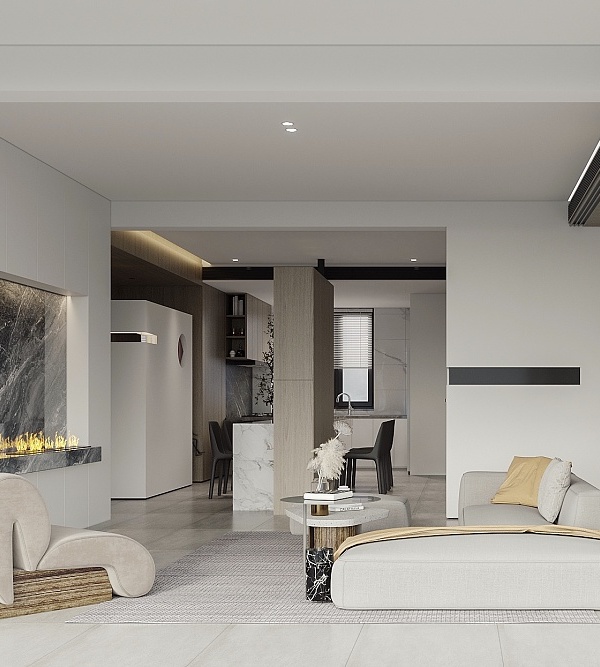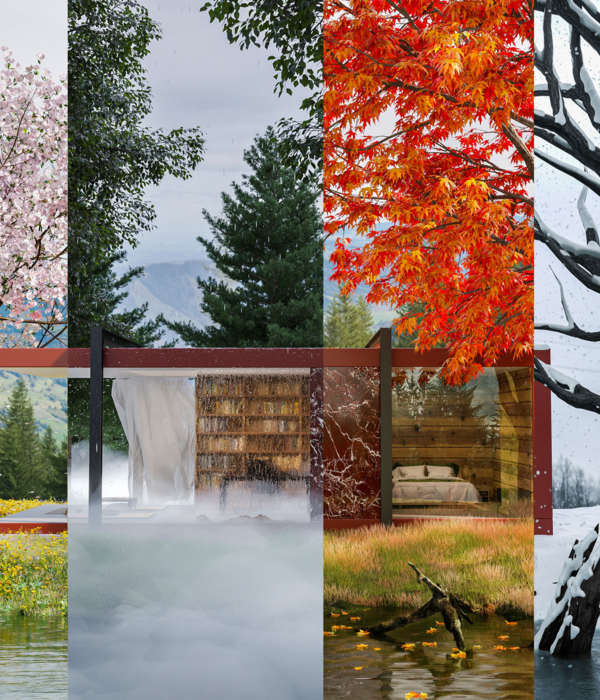玩合约游乐场,丹麦 Billund 的粉色乐园
Playgrounds are meant to stimulate play, but most are designed based on grown-ups’ notions of children and how they should behave. With Play Contract, the balance of power is tipped, and now it’s the children’s turn to devise a playful space for themselves and grown-ups. A group of 122 children in Billund, Denmark was given 100,000 pink LEGO bricks to build models for playgrounds. These models were then analyzed and synthesized into five final designs, which were constructed in pink marble. The result is a collage of adventurous ideas and whimsical shapes that have been transformed into Play Contract.




Within Play Contract, grown-ups must agree to embrace their sense of the absurd and to abide by children’s sense of time. Clocks have no power: time is flexible and deadlines are meaningless. With curiosity and creativity, the children have explored what it means to be a playful grown-up, and how a playground can be designed to invite everyone to play.

Children’s models were comprehensively analysed across several categories, from basic size into Layout Typologies. Children’s text and drawings helped understand the proposed Play Typologies and the Formal analysis allowed for the division of the models into elements: Steps, Gates, Bridges, Walls, Decks, Pavilions, Towers, Pyramids, Furniture, Exercise or Playground Equipment.

The trove of data acquired during the analysis phase was the basis for a methodical development process which was to generate a unique result while retaining everyone’s ideas: all models were carefully traced, and multiple combinations were layered into a new configuration which could be divided into the most prevalent Formal Typologies: Pavilion, Amphitheatre, Tower, Bridge, Gate, and Landscape.
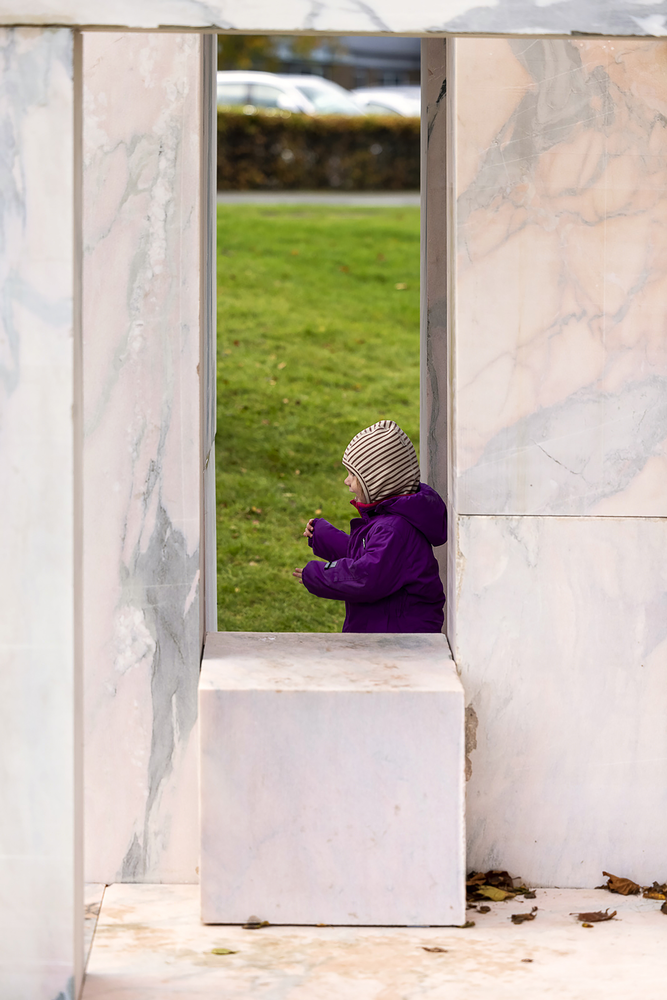
The detailing process returned many of the singularities identified in the initial models: plays of proportion and scale, decorative elements, architectural components such as steps, doorways, windows, and furniture, suggested functionalities as well as nonsensical impossibilities. Reinstating the original geometrical complexity allows for every child to find their own proposals within Play Contract.
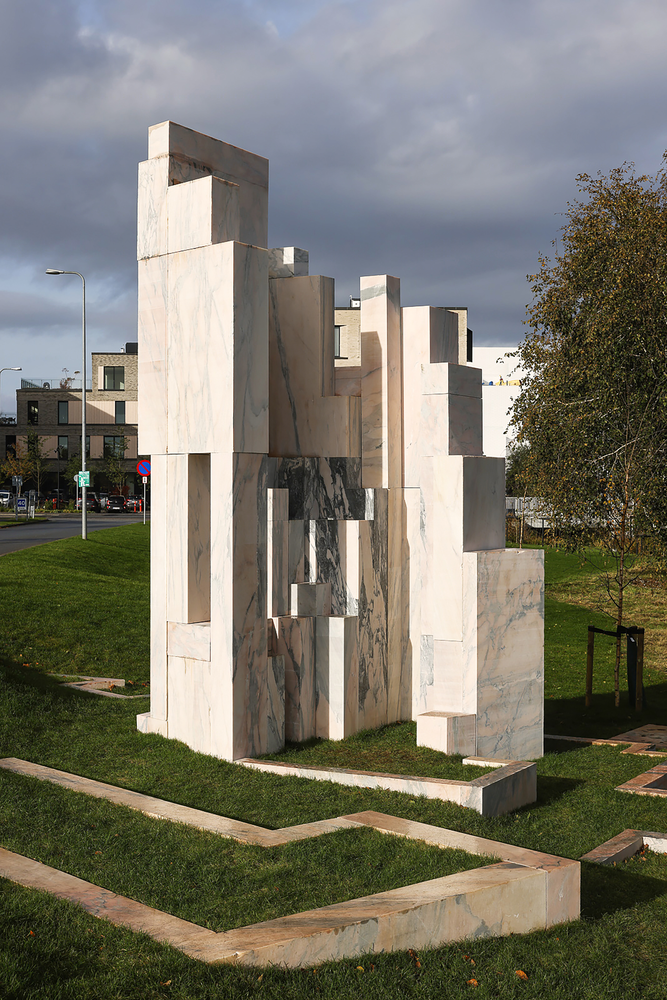

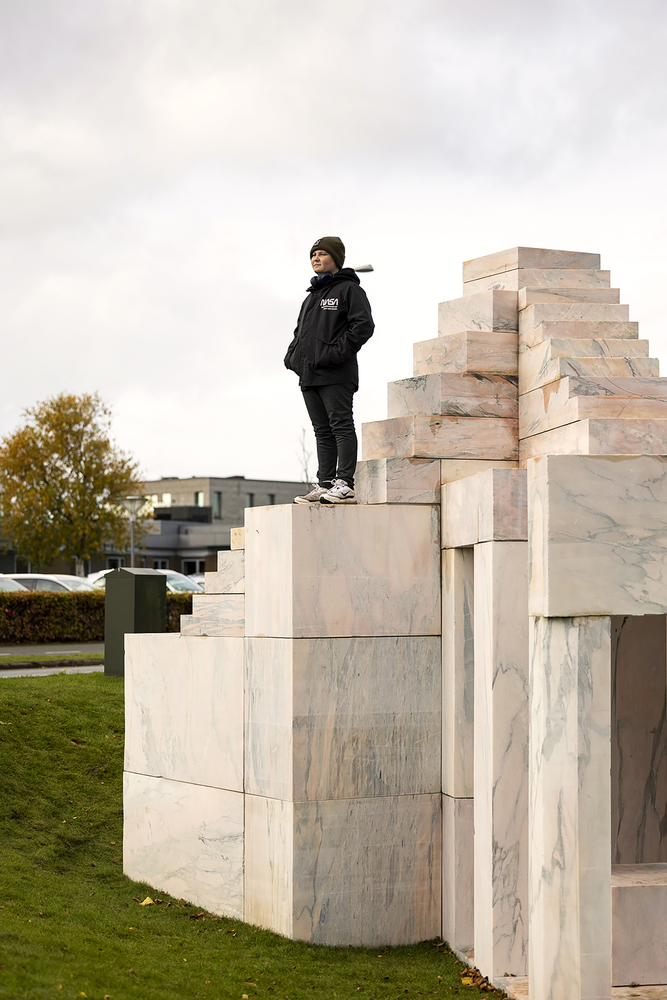
The Landscape worked as a device to further ground the artwork: a series of combined models were overlaid across the site precisely framing each work. These fragments, walls, and floors extended a reversed archaeological approach: at the end, it is as if every model of every child is there composing a city, of which parts have been carefully uncovered for what is to be a new everlasting future.

While seeking for a material that could carry a timeless character and extend the singularity of the artwork, pink marble was identified as that which could add to the intrigue: who made these structures, when were they made and what were they made for? Visits to quarries informed how the material was to be used, retaining both natural traces as well as man-made imperfections. Finishes were kept to a minimum while much of the history of each of these large, impressive blocks was preserved. Its complex surfaces can be quiet, reflect the morning sun or be the canvas for a shadow play – and when it rains, the colour changes.
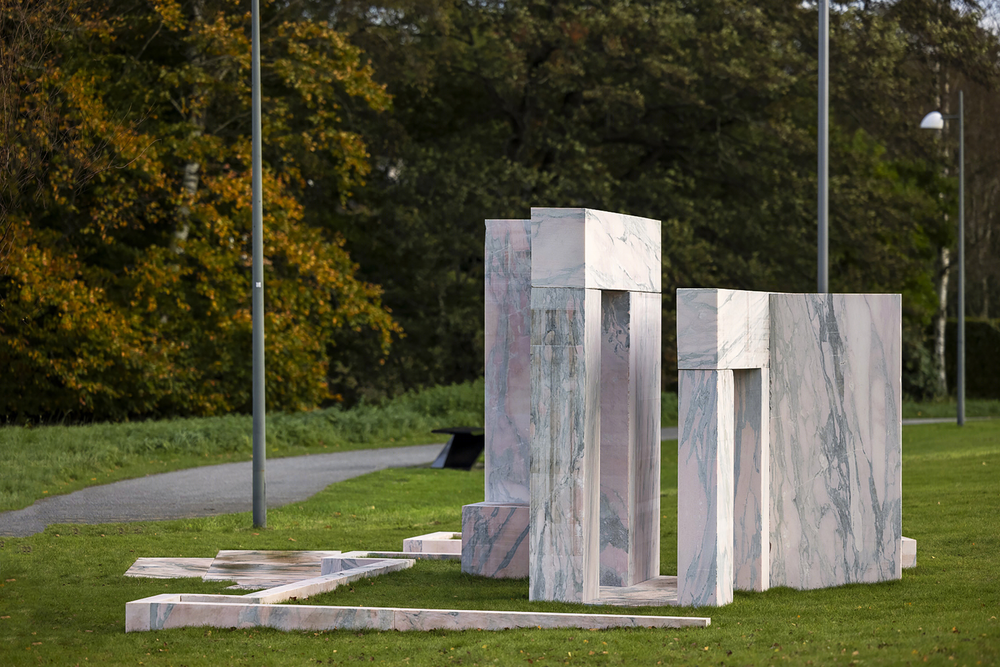
▼项目更多图片

